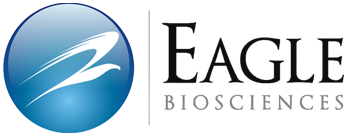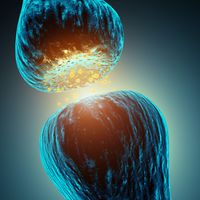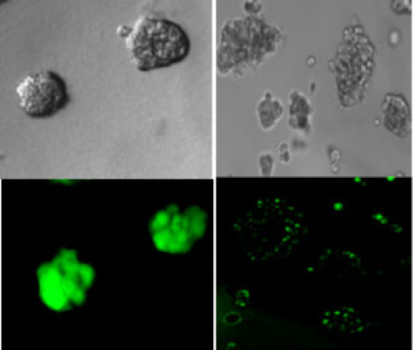
Eagle Biosciences recently announced a North American distribution agreement with Matriks Biotek. Matriks develops and manufactures unique ELISA test kits and monoclonal antibodies with a strong focus on meeting research needs and creating products to better understand a variety of diseases and conditions in areas such as inflammation, immunology, gastrology, oncology, diabetes and obesity, and reproductive science.
“Matriks Biotek products bring a multitude of esoteric products to EagleBio.” said Dan Keefe President of EagleBio. He continued, “This is a great collaboration with respect to EagleBio’s goals to continually seek out quality, unique scientific tools and Matriks Biotek’s quest for R&D innovations and special interest for biotherapeutics and novel markers for diseases.” Keefe continued, “We are especially excited about Matriks’ Shikari® ELISA kits and anti-drug antibody ELISA assay kit product line.” He continued, “These can be efficiently used, for monitoring serum trough levels and the presence of anti-drug antibodies respectively.”
These products are currently for research use only. Check out the list of Matrik Biotek products below. Visit the Eagle website www.EagleBio.com or call 866-411-8023 for full details.
Infliximab (Remicade®) Antibodies ELISA Assay kit
Free Adalimumab (Humira®) ELISA Assay Kit
Adalimumab (Humira®) Antibodies ELISA Assay Kit
Etanercept (Enbrel®) ELISA Assay Kit
Etanercept (Enbrel®) Antibodies ELISA Assay Kit
Bevacizumab (Avastin®) ELISA Assay Kit
Bevacizumab (Avastin®) Antibodies ELISA Assay Kit
Trastuzumab (Herceptin®, Herclon®).ELISA Assay Kit
Trastuzumab (Herceptin®, Herclon®) Antibodies ELISA Assay Kit












